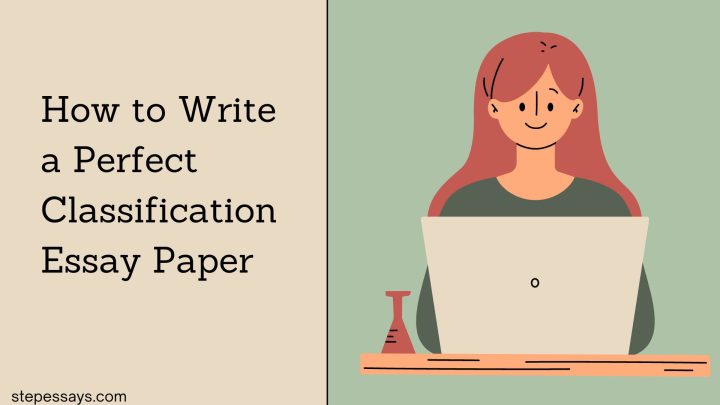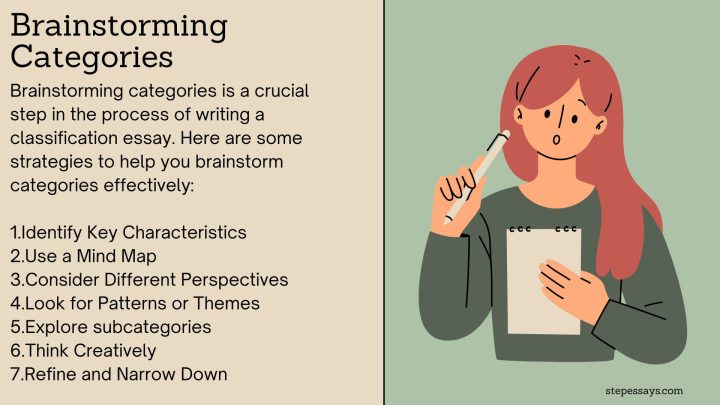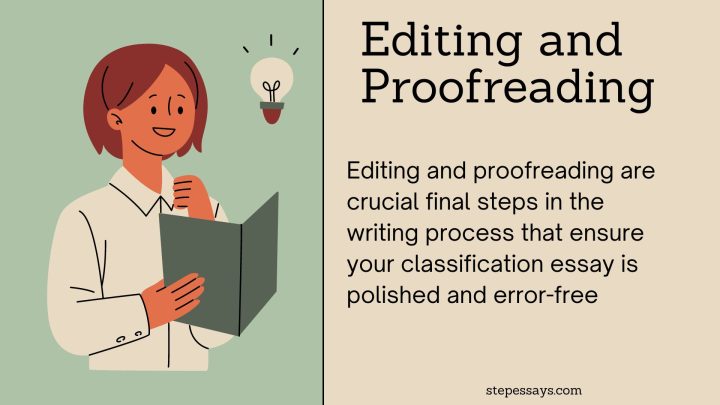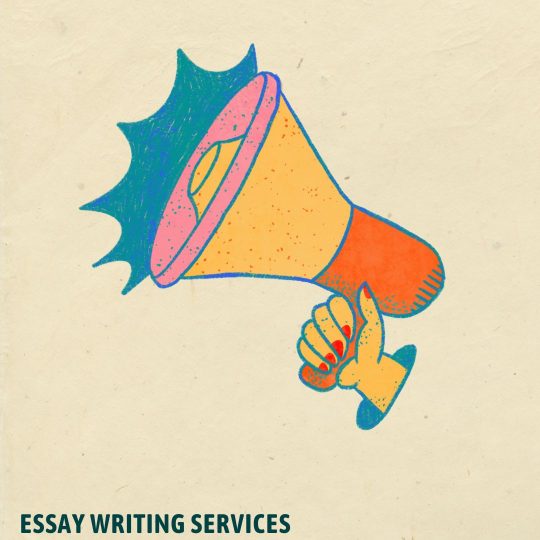How to Write a Perfect Classification Essay Paper. A Comprehensive Guide

Understanding the Classification Essay
Before looking into the specifics of how to write a perfect classification essay, it is essential to understand what a classification essay is and what its purpose is.
What is Classification Essay
A classification essay is a type of academic writing in which the writer categorizes or sorts items, ideas, people, or phenomena into groups or categories based on specific criteria. The primary objective of a classification essay is to organize and analyze various elements into distinct classes, providing clarity and understanding for the reader.
What is the Purpose of a Classification Essay
Step 1: Choosing a Topic
Step 2: Brainstorming Categories

Once you have chosen a topic, the next step is to brainstorm potential categories or groups into which you can classify the items related to your topic. Brainstorming categories is a crucial step in the process of writing a classification essay. This step requires careful consideration of the various ways in which your chosen topic can be divided into distinct groups or categories based on shared characteristics. Here are some strategies to help you brainstorm categories effectively:
Step 3: Conducting Research
Step 4: Creating an Outline
Step 5: Writing the Introduction
The introduction is the first section of your essay and serves to provide context for your topic, as well as to engage the reader’s interest. Begin with a compelling hook to grab the reader’s attention, followed by some background information on the topic and a clear thesis statement that outlines the categories you will be discussing.
Step 6: Developing Body Paragraphs
The body paragraphs of your classification essay will focus on each category in detail, providing examples and evidence to support your classification. Start each body paragraph with a topic sentence that introduces the category and then provide specific examples and details to illustrate its characteristics.
Step 7: Writing the Conclusion
The conclusion is the final section of your essay and should summarize the main points made in the body paragraphs. Restate your thesis statement and briefly recap the categories discussed in the essay. End with a concluding statement that reinforces the significance of your classification and leaves a lasting impression on the reader.
Step 8: Editing and Proofreading

Conclusion
Writing a perfect classification essay requires careful planning, research, and organization. By following the steps outlined in this guide, you can effectively develop and present your ideas in a clear, coherent, and compelling manner. With practice and dedication, you can master the art of classification essay writing and produce outstanding academic papers that demonstrate your analytical skills and critical thinking abilities.
Essay Writing Services

Frequently Asked Questions
How to Write an Introduction for a classification Essay
How to Craft a perfect Body paragraphs for your Classification Essay
